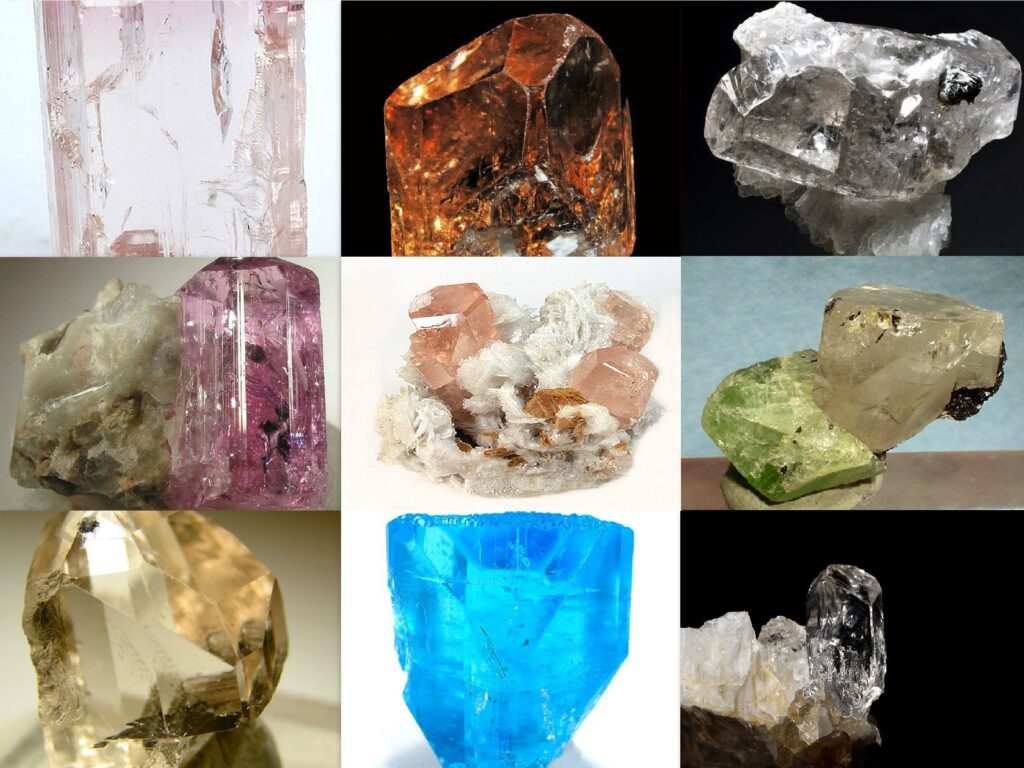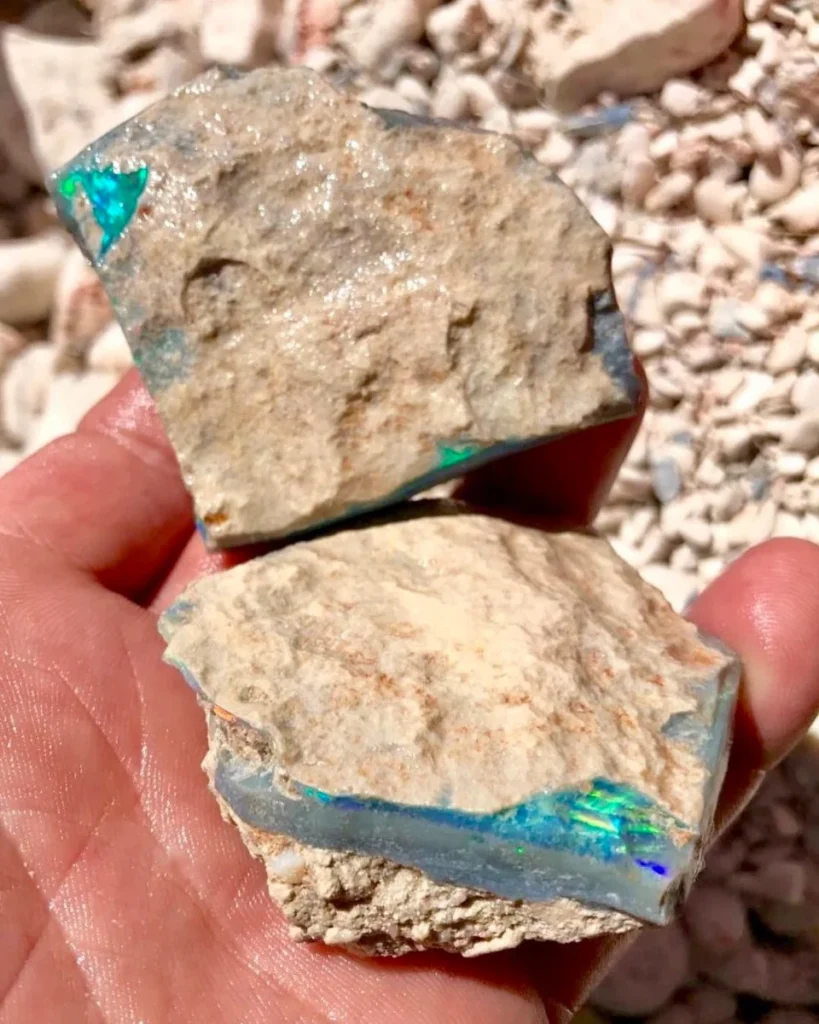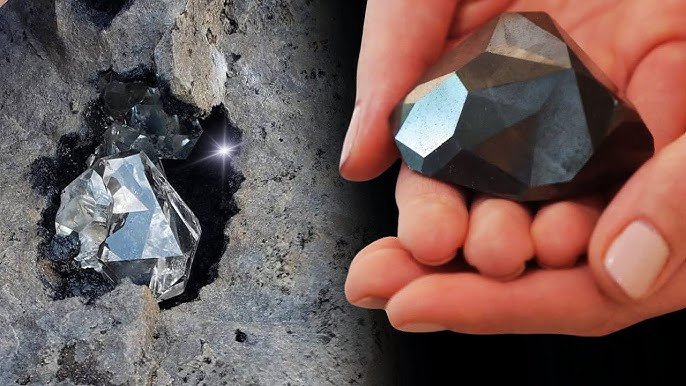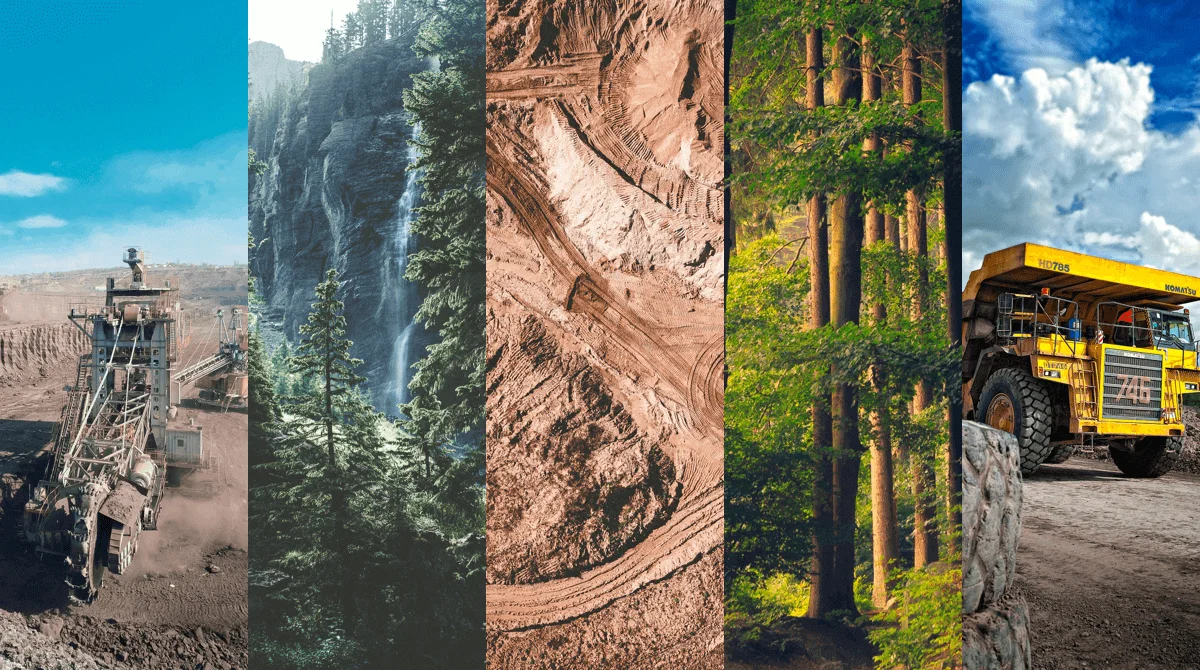Gemstone Mining: Gemstone mining is an ancient practice that has played a significant role in human civilization. From sparkling diamonds to vibrant emeralds, gemstones have fascinated people for centuries. This article discusses the fascinating world of gemstone mining, discussing its methods, locations, environmental impacts, and the significance of ethical mining.
What is gemstone mining?
Gemstone mining is the process of extracting natural gemstones from the earth. These precious and semi-precious stones are formed through geological processes over millions of years. Miners extract them from mines, riverbeds, and even the ocean floor. After mining, the gemstones are cut, polished, and transformed into beautiful jewelry and decorative items.
Types of Gemstone Mining:

Gemstone mining is categorized into different methods depending on location, accessibility, and type of extraction. Below are the most common mining techniques:
- Open-pit mining
Open-pit mining involves digging large open holes in the earth to extract gemstones. This method is commonly used to mine diamonds, topaz, and beryl. Large machinery removes layers of soil and rock to uncover gemstone deposits. - Underground mining
Underground mining is used when gemstone deposits are mined underground. Miners dig tunnels and shafts to find gemstones. This method is commonly used to extract emeralds, rubies, and sapphires. - Alluvial mining
Alluvial mining involves searching for gemstones in riverbeds, streams, and coastal areas. Water currents carry gemstones away from their original source, and miners use sieves or dredging techniques to collect them. This method is widely used to extract diamonds, garnets, and sapphires. - Marine mining
Marine mining is the practice of mining under the sea to recover gemstones, especially diamonds. Large suction machines and underwater divers extract gemstones from the seabed. - Artisanal and small-scale mining (ASM)
Artisanal and small-scale mining is a manual method in which miners use simple tools such as shovels and sieves. Many gemstones, especially in Africa and South America, are mined using this technique.
Main locations for gemstone mining:
Gemstone deposits are found worldwide, but some regions are renowned for producing high-quality stones. Below are some of the famous gemstone producing countries:
Myanmar (Burma) – Famous for its high-quality rubies.
Colombia – Produces the world’s best emeralds.
Sri Lanka – Known as the “Gem Island”, it produces sapphires, topazes, and moonstones.
Brazil – Rich in amethyst, tourmaline, and aquamarine.
Australia – Major supplier of opal and diamonds.
Tanzania – Sole source of tanzanite, a rare blue-violet gemstone.
Environmental Impact of Gemstone Mining:

While gemstone mining contributes to the economy, it also has environmental consequences. Some of the main concerns include:
Deforestation – Large-scale mining often results in deforestation, which affects biodiversity.
Soil erosion – Mining disrupts the soil layer, leading to erosion and loss of fertile land.
Water pollution – Chemicals used in mining can contaminate nearby water sources.
Air pollution – Dust and emissions from mining equipment can contribute to air pollution.
To reduce environmental damage, many companies are adopting sustainable mining practices.
Ethical and Sustainable Gemstone Mining:
With growing awareness of unethical mining practices, there is a growing demand for ethically sourced gemstones. Ethical gemstone mining ensures fair wages, safe working conditions, and minimal environmental impact. Some key aspects of sustainable gemstonemining are:
Fair Trade Practices – Ensuring fair wages for miners.
Conflict-Free Gemstones – Avoiding gemstones mined in war zones where profits fund conflicts.
Eco-Friendly Mining Methods – Using methods that minimize environmental damage.
Recycled and Lab-Created Gemstones – An alternative to natural gemstones, lab-created gemstones are sustainable and ethical.
The Future of Gemstone Mining:
The gemstone industry is evolving with technology and sustainability in mind. Modern techniques such as artificial intelligence-based mineral detection, automated mining equipment, and blockchain to track the origin of gemstones are transforming the industry. In addition, the rise of lab-grown gemstones offers a conflict-free and environmentally friendly alternative.
Gemstone mining is a vital industry that provides the world with stunning natural resources. However, with it comes a variety of challenges, including environmental and ethical concerns. As consumers become more aware of the origin of their gemstones, the demand for sustainable and ethical mining practices is growing. By supporting responsible mining, we can ensure that the beauty of gemstones does not come at the cost of human rights or the environment.
Read Also: The Future of Mining
![]()






2 thoughts on “Gemstone Mining”